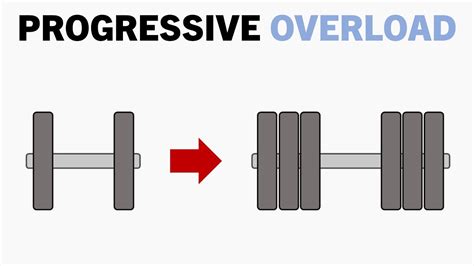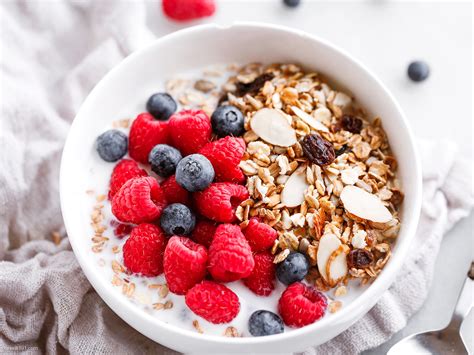Beyond sets & reps: How to optimize progressive overload for peak male strength & hypertrophy?

The Foundation: Understanding Progressive Overload
Progressive overload is the fundamental principle driving all muscle and strength gains. Simply put, it means continually challenging your muscles to do more than they are accustomed to. While many lifters interpret this solely as adding more weight to the bar or performing more reps, a truly optimized approach for peak male strength and hypertrophy extends far beyond these basic methods. To unlock your full potential, you must embrace a multifaceted strategy that manipulates various training variables.
Ignoring the nuances of progressive overload can lead to frustrating plateaus, overtraining, or even injury. It’s about intelligently increasing demand, not just mindlessly pushing heavier loads. This article will delve into the advanced techniques and considerations necessary to ensure consistent adaptation and superior results in both strength and muscle mass.

Beyond Weight & Reps: Diverse Methods of Overload
While increasing weight and reps are the most direct forms of progressive overload, they are merely two arrows in a much larger quiver. To continually stimulate growth, consider these alternative and complementary strategies:
- Increased Training Volume: Adding more sets for a given exercise or muscle group can be a potent stimulus for hypertrophy, provided recovery is managed.
- Decreased Rest Times: Shortening the rest periods between sets increases the metabolic stress on the muscle, contributing to hypertrophy and endurance. This can make the same weight and reps feel significantly harder.
- Improved Exercise Form and Technique: Consistently executing a movement with better control, a fuller range of motion, and stronger mind-muscle connection means the target muscle is working harder and more effectively, even if the weight remains constant. This is a form of ‘internal’ overload.
- Increased Time Under Tension (TUT): Slowing down the eccentric (lowering) phase, incorporating pauses at the most challenging points, or extending the concentric (lifting) phase can dramatically increase the demand on the muscle fibers without necessarily adding weight.
- Increased Training Frequency: Training a muscle group more often throughout the week, with adequate recovery between sessions, can lead to greater cumulative volume and adaptation.
Strategic Implementation for Sustained Progress
Effective progressive overload isn’t just about applying these methods; it’s about applying them strategically within a well-structured training plan.
Periodization: Cycling Your Overload
Rather than attempting to increase every variable every session, periodization involves structuring your training into phases, each with a specific focus. For example, you might have a phase focused on strength (lower reps, higher weight), followed by a hypertrophy phase (moderate reps, higher volume), and then a power phase. This cyclical approach prevents burnout, allows for different adaptations, and ensures you’re continually introducing new stimuli without overreaching.

Recovery: The Unsung Hero of Gains
No amount of progressive overload will yield results without adequate recovery. Muscle growth and strength adaptation occur when your body rebuilds and strengthens itself after training. Prioritize 7-9 hours of quality sleep per night, manage stress, and consider active recovery or deload weeks periodically. A deload involves reducing training volume and/or intensity for a week, allowing your body to fully recover and resensitize to training, making subsequent overload phases more effective.
Nutrition: Fueling the Growth Engine
Your diet is just as critical as your training. To support muscle repair and growth, ensure you’re consuming sufficient protein (around 1.6-2.2g per kg of body weight), adequate complex carbohydrates for energy, and healthy fats. Caloric intake should align with your goals – a slight surplus for muscle gain (bulk) and a controlled deficit for fat loss (cut), with progressive overload still being paramount in both phases to preserve muscle.

Tracking and Data Analysis
To truly optimize progressive overload, you must track your workouts meticulously. Log not just the weight and reps, but also notes on how the set felt, any changes in technique, rest times, and even your energy levels. Reviewing this data over weeks and months allows you to identify patterns, pinpoint areas for improvement, and make informed decisions about which overload methods to apply next. Are you stalling on weight but improving your form? That’s still progress! Are your rest times creeping up? Tighten them!

Advanced Techniques for Pushing Limits
Once you’ve mastered the core principles and strategic implementation, consider integrating advanced training techniques that inherently incorporate progressive overload:
- Drop Sets: Performing a set to failure, then immediately reducing the weight and continuing for more reps. This extends the set and increases volume and metabolic stress.
- Supersets/Giant Sets: Performing two or more exercises back-to-back with minimal rest. This increases density and cardiovascular demand, packing more work into less time.
- Cluster Sets: Breaking a set into mini-sets with short intra-set rests (e.g., 3 reps, 15 sec rest, 3 reps, 15 sec rest, 3 reps). This allows you to perform more reps with heavier weight than a traditional straight set.
- Partial Reps/Forced Reps: Carefully employed to extend a set past normal failure, though this should be used sparingly and with a spotter to avoid injury.

Conclusion: A Holistic Approach to Gains
Optimizing progressive overload for peak male strength and hypertrophy is a sophisticated process that extends well beyond simply adding a few pounds to the bar. It demands a holistic approach encompassing diverse training variables, strategic planning through periodization, meticulous tracking, unwavering commitment to recovery, and precise nutritional support. By embracing these advanced principles, you’ll not only break through plateaus but also build a more resilient, stronger, and significantly more muscular physique.







